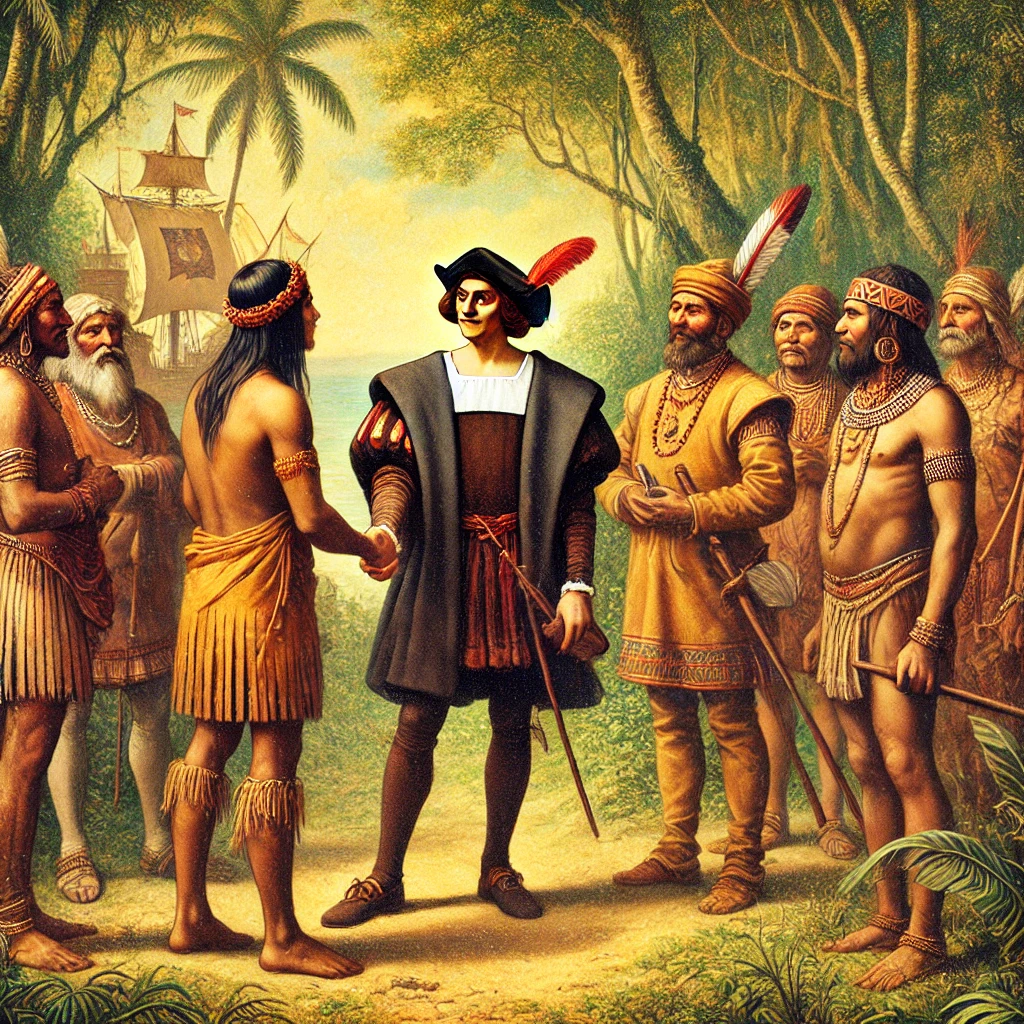On November 19, 1493, Christopher Columbus discovered the island of Puerto Rico during his second voyage to the Americas. This momentous event marked a crucial turning point in the history of exploration and the European interaction with the Caribbean. Columbus’s landing on the island would eventually lead to significant cultural, political, and economic changes that would shape the region for centuries to come.

Columbus’s Second Voyage
Columbus’s second voyage to the New World was motivated by the desire to expand the Spanish empire and further explore the territories he had encountered on his first journey in 1492. Setting sail with a fleet of 17 ships, Columbus aimed to establish a stronger Spanish presence in the Americas and to find new routes to Asia. After leaving the Canary Islands, Columbus and his crew headed west across the Atlantic.
Upon reaching the Caribbean, Columbus made landfall on the island of Puerto Rico, which he named “San Juan Bautista” in honor of Saint John the Baptist. He was met with a landscape rich in natural resources and a population of indigenous Taíno people. Columbus’s encounters with the Taíno marked the beginning of a complex and often tragic interaction between European explorers and the indigenous populations of the Caribbean.

The Impact of Discovery
The discovery of Puerto Rico by Columbus opened the door to further exploration and colonization in the Caribbean. The island’s strategic location made it a valuable asset for the Spanish Crown, serving as a launching point for future expeditions and trade routes. In the years that followed, Puerto Rico became a key part of the Spanish colonial empire, experiencing significant changes in governance, culture, and demographics.
Columbus’s arrival in Puerto Rico also initiated a period of profound transformation for the indigenous Taíno people. The subsequent colonization led to the exploitation of natural resources, forced labor, and the introduction of European diseases, which decimated the native population. This tragic outcome underscored the darker aspects of the Age of Exploration, as European ambitions often came at the expense of indigenous cultures and societies.
A Lasting Legacy

The legacy of Columbus’s discovery of Puerto Rico is multifaceted. Today, the island is known for its rich cultural heritage, blending Taíno, Spanish, and African influences that have shaped its identity. Puerto Rico’s history of colonization and resistance has led to a vibrant cultural landscape, celebrated through music, art, and culinary traditions.
Moreover, Puerto Rico’s status as a U.S. territory today continues to evoke discussions about identity, governance, and the relationship between the island and the mainland United States. The historical context of Columbus’s arrival remains a point of reflection, prompting conversations about the complexities of colonization, cultural exchange, and the enduring impacts of colonial history.
The discovery of Puerto Rico on November 19, 1493, by Christopher Columbus stands as a significant milestone in the history of exploration and the interaction between Europe and the Caribbean. This event set the stage for the colonization of the region and had lasting effects on the indigenous populations and the cultural landscape of Puerto Rico. As we reflect on this historical moment, we recognize the importance of understanding the broader implications of exploration and the complex narratives that have shaped the identities of the peoples involved. The story of Puerto Rico serves as a reminder of the resilience of cultures and the ongoing journey toward recognition and justice for historically marginalized communities.
